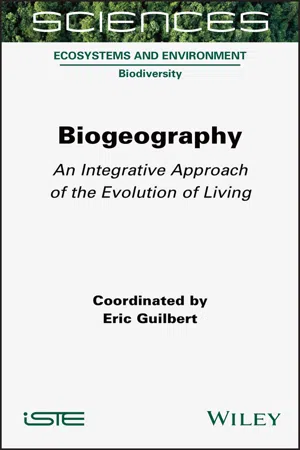1.1. Introduction: a history of scientific practice
In the 1810 Preface of his Theory of Colours, Johann Wolfgang von Goethe wrote, “The history of an individual displays his [or her] character, so it may here be well affirmed that the history of science is science itself” (Goethe, cited in Duck and Petry 2016, p. xxxv). What Goethe meant is that the past practices of scientists are instances of scientific practice regardless of age. In other words, scientists do not need historians of science to interpret past scientific practice. Scientific practice, no matter how old, will always remain a part of science.
Where, then, does history fit in? Many historians and philosophers of science discuss scientific ideas rather than practice. The reason is that historians and philosophers of science do not engage in scientific practice and are therefore not always able to interpret what we do due to a lack of training or experience or both. British biologist Peter Medawar discussed this in 1968: “What scientists do has never been the subject of a scientific, that is, ethological inquiry… It is no use looking to scientific ‘papers’, for they not merely conceal but actively misrepresent the reasoning that goes into the work they describe” (Medawar 1968, p. 151).
Can historians and philosophers of science trust what scientists say as opposed to what they do? Understanding what scientists do is perhaps a much better way to understand the scientific process, rather than believing what they say. Take the science of systematics or taxonomy as an example. Edgar Anderson noted that it is “difficult to write about the taxonomic method [because] in its broadest aspects it has never been described. Taxonomists are more like artists than like art critics; they practice their trade and don’t discuss it” (Anderson, cited in Haas 1954, p. 65). Indeed. What of biogeographical practice? In the case of taxonomy, the result is a list of diagnostic characteristics, names and photographic plates. In biogeography, the results are usually maps. Maps are representative of classifications and are an ideal starting point to understand the early biogeographic method. Before we look at the 18th and 19th biogeographical practices, it is important to understand what biogeography is and how it may be defined1.
1.1.1. What is biogeography?
The Oxford English Dictionary defines biogeography as “the branch of biology that deals with the geographical distribution of plants and animals. Also: the characteristics of an area or organism in this respect” (OED 2021). The definition is extremely broad, and present-day biogeographers work on a myriad of topics with very different aims and methods. In this sense, biogeography is multidisciplinary, namely the geographical aspect of any field of study that deals with natural objects, be it animals, plants, bacteria fungi, viruses, humans and abiogenesis. It has even made it into nursing pedagogy. In any case, biogeography is a field of enquiry that is dependent on the questions, aims and methods of a particular field. Ecological biogeography, for instance, endeavors to answer ecological questions using methods in ecology. Biogeography is not an independent science with its own unique methods, aims or goals, and attempts to unify it as an “integrative biogeography” have not been successful. Rather than unifying, integrative biogeography discarded a whole suite of approaches and goals in favor of others. We only need to look at the 18th century origins of plant and animal geographies to see that attempts at unification had posed theoretical as well as methodological problems, leading to a split by the end of the 19th century and an abrupt hiatus by the beginning of the 20th century.
1.2. A history of phyto- and zoogeographical classification
1.2.1. Terminology
The goal of finding a phyto- and zoogeographical classification united 18th and 19th century plant and animal geographies. It is important to note that the term biogeography only appeared in the latter half of the 19th century; Jordan (1883) coined it in German, and Merriam (1892) in English; however, neither author defined the term. The above OED definition of biogeography may have first appeared in Nelson (1978), 90 years after it was first coined2. Regardless, it would be historically incorrect to use the term biogeography for any theory, aims or methods used by 18th and 19th century plant and animal geographers. The term biogeography gained popularity in the latter half of the 20th century. I will use the terms plant and animal geographies, botanical geography, and phytogeography and zoogeography to suit the parlance of the time.
1.2.2. How classification works
Without a classification, it is impossible to scientifically study any natural object. Organisms not only need names, but they need categories to convey meaning. Finding myself in the middle of the North American forest, my friend warned me from afar, “Watch out for the poison ivy!” I knew what ivy was, but how could you tell normal ivy from poison ivy? He could list a set of characteristics that diagnose poison ivy. I am not a botanist so these characteristics would be meaningless; moreover, I would need to touch the poison ivy in order to identity it. “It looks green!” came the reply. My friend was not a botanist either, so I was to avoid a green type of ivy, which I assumed was of a climbing variety. This basic form of communication is helpful to avoid danger or useful to discriminate an edible berry from the one which is toxic. Communication is an essential part of scientific practice as well as its goal. The first question any taxonomists would ask ...
